Many have fallen in love with Italy. It offers infinite charm, beauty and decadence. All it asks in return is a piece of your heart. However, don’t ask for it back; you will not get it. It is a country of numerous facets. Italy is a fashion diva and trendsetter, plagued by perpetual political and economic turmoil, ravaged by corruption, yet it manages to entice. It sneaks up on a casual visitor with a subtlety of a cat trailing a mouse and then pounces like a lioness.
Having first visited while still in college, I was one of the love-struck. Small details have blurred over the years, yet the feeling remained. I didn’t know when or where in Italy I would visit again, I just knew that someday I would return.
The opportunity for my “homecoming” presented itself in a form of Anteprima, a regional showcase of Bardolino, Chiaretto and Lugana wines. It took place on the shores of Lake Garda, or Lago di Garda, a scenic lake in north-central Italy. I knew precious little about the region, and was delighted with the opportunity to discover it.
On my first morning in Italy, exhausted from a long flight, but full of adrenaline, I gazed at the lake from my hotel’s balcony. It was eerily calm, with water resembling a mirror. I later learned just how irate it can be at times, raging and storming violently. It turns out that America’s Cup trains there. The sudden and rapidly varying high winds demand that deck hands change sails frequently, facilitating an intense and varied workout. An unusual wind, called ORA, blows every day at noon, like clockwork, ruffling the seemingly calm seas.
Lago di Garda is shared by Lombardy and Veneto regions with a tiny bit of Trentino-Alto Adige at its northern tip. Halfway between the bustling industrial city of Milan is to the west, and romantic Verona and Venice to the east, it is a busy tourist destination that welcomes millions of visitors during the high season.
Blame the glaciers for the lake’s stunning beauty; shaping this northern alpine region at the tail end of the Ice Age. When one stares at its shores, surrounded by jagged snow-covered mountain peaks, one can easily imagine the glaciers slowly forging ahead, everything surrendering in their path.
Despite being Italy’s largest lake, Garda remains somewhat overlooked, outshined by the glamorous Lake Como with its famous gardens and celebrity villas. Fifty miles long and eleven across, this dipper-shaped gem is surrounded by serrated mountains. Until 1918, its narrowest point formed a border with Austria.
The lake has served as a source of inspiration for artists, poets and musicians for centuries. The indigenous wild orchids are said to be the prettiest in the world. Another bonus of a spring visit is the fragrant bloom of the region’s many lemon trees. Called “the botanic garden of Europe,” Garda boasts thousands of them, along with a lemon tree museum.
It is a bustling holiday destination, especially for Germans and Austrians who are wedded to the area.
It takes a full day to drive around the lake, on its 1920’s built road. Driving through small fishing villages, whose tiny populations swell a hundred-fold during vacation months, makes for slow going. Bardolino, with a population of 240 villagers, welcomes 25,000 visitors annually. One of the sleepy villages is home to the world’s narrowest street, another boasts “the world’s shortest river,” a claim verified by the Guinness Book of Records. It is magical to be lost while wandering charming cobblestone streets. Stop by any café for a glass their wildly popular local apéritif and relax while getting your bearings.
The lake’s baby blue waters are framed by vineyard-enveloped slopes that offer oenophile vacationers a tasty visit. All sorts of hospitality beckons, from vineyard tours and tastings, to picnicking or simply relaxing in the shade of olive trees.
One of the most popular sights on Lake Garda is Sirmione, a medieval castle at the southern end of the lake. It’s wildly popular with tourists, yet, it manages to retain its irresistible charm. Roman ruins at are one of its top attractions, as are the Sirmione Terme, the open thermal pools. They are densely packed with men and women of all ages, splashing about in open-air pool or luxuriating in hot water piped up from springs in the lake’s bed. Grab a giant ice-cream cone in Piazza Castello, while taking in the castle scenery, complete with ducks and swans in the moat.
Agriculturally, it is a complex and diverse area, where two distinct worlds collide—Mediterranean and Alpine mountain. Variance in sea level is dramatic, you can go from 60 to 2,000 feet elevation in 20 min. Blessed with a benign climate, the best wines resemble the lake—elegant & easy, with a slight salinity generated by salt coming from the Alps.
Only 20 km from Austria, the area reflects its Germanic influence with its sense of order. The people are self-reliant and possess a staunch work ethic.
A lot of us say life is too short to drink and eat poorly. Italians mean it. The food I experienced was plentiful and extraordinary. Tender local fish from the lake, perfectly executed risotto and handmade pasta were elevated to the point of religion. Ten pounds later, I don’t regret a single ounce.
The event I came to experience, Anteprima, was held in the quant village of Lazise. It was spearheaded by a consortium of three wine regions: Bardolino, Chiaretto and Lugana who banded together for a common goal. At times, listening to speakers, I wondered if I had stumbled upon the Italian version of Silicon Valley. Innovative, collaborative, strategic thinking permeated every sentence.
It was clear that the leadership for the region is set on preserving the identity and diversity of the region while listening to the local producer’s individual voices. They realize that their success lies in communal consensus of raising the bar on quality, versatility, and age-ability of their wines. The region is clearly attempting to elevate its identity and raise the bar for integrity of their grapes and wines.
The once economically depressed area has overcome adversity due to versatility of its population skills. They have also conquered the economic pressures to crank out mass quantities of mediocre wines. Today, they are inspired to slow down and craft superior products.
In early 19th century, Lake Garda wines where well-known for their quality. They set a precedent. There is no need to reinvent the wheel, they can capitalize on their past glory.
Using Beaujolais as a model, the leaders of the region are reinventing the area’s wine industry. They discovered that blending Cabernet, Merlot, and other red varieties in order to beef up their wines’ body and color was a road to nowhere. Some found the courage to honor the elegance of the wines their terroir delivered, so they started brainstorming on forging the region’s true identity
The region’s wines are blessed with bright acidity and naturally occurring salinity/minerality due to the proximity to the lake. The past temptation was to mask these organic factors with sweeter, prosaic flavors. Not enough respect was given to the soil composition, clonal selections or even wind/weather patterns that influence wine.
2013 marked a new trend—making a lighter, crisper, fresher rosé that spoke of the region. A “rosé revolution” as it is affectionately referred to was a hit—markets in Italy and Germany reacted with dramatically increased sales. The proprietors are also actively looking for other global markets.
It turns out that consumers craved a more purposeful wines, sleek and modern by nature. The other conscious shift occurred in holding the wines back, instead of releasing them the moment they hit the bottle. Slowing release times allows the wines to develop and show more varietal character.
The region is clearly on a firm path to re-capture its past wine greatness.
Andare Avanti!
Want to view more pictures from my trip to Italy? Check out my photo gallery on my new site, #Photography.
See my next Italian installment: “Bardolino’s Bold Move,” coming next week!

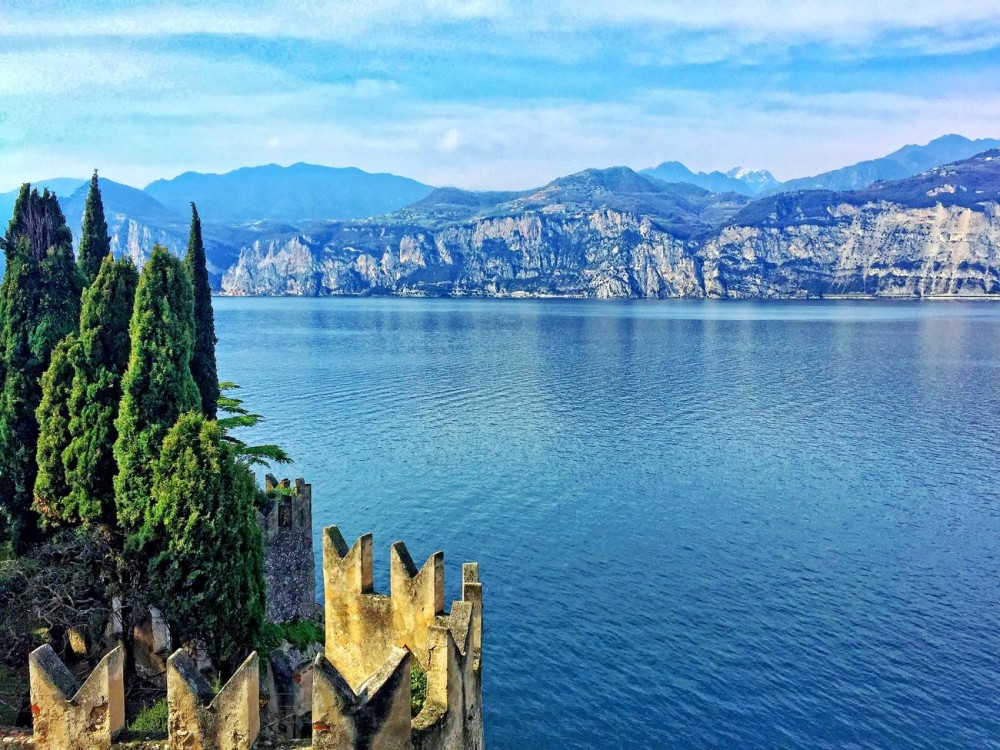
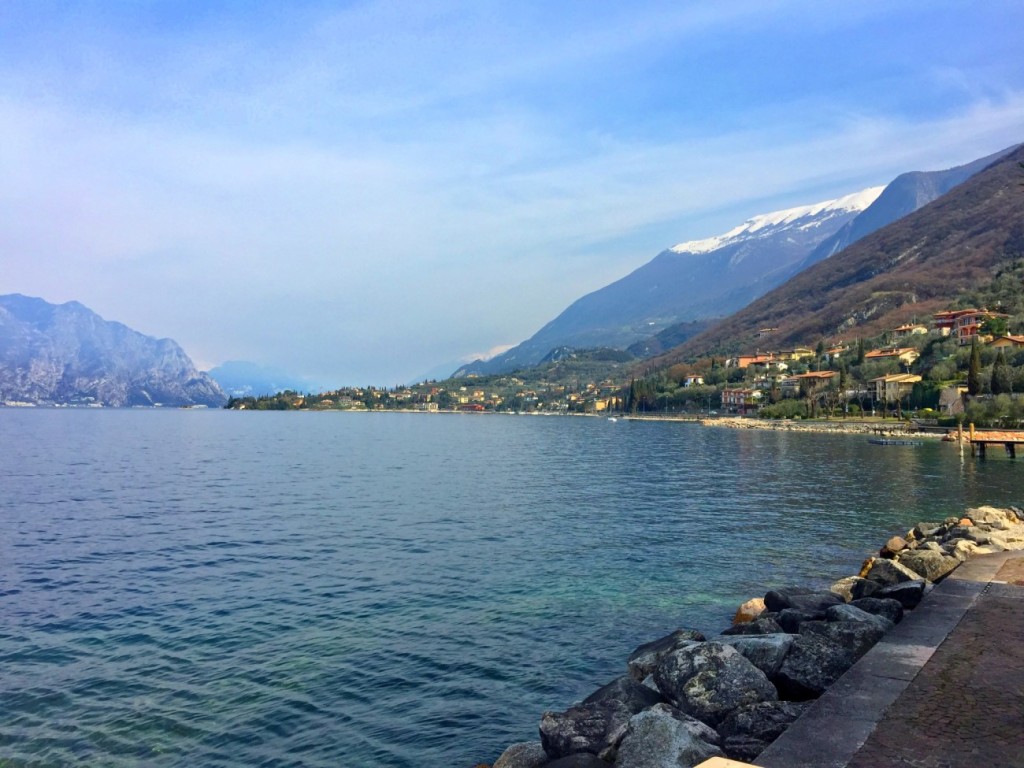
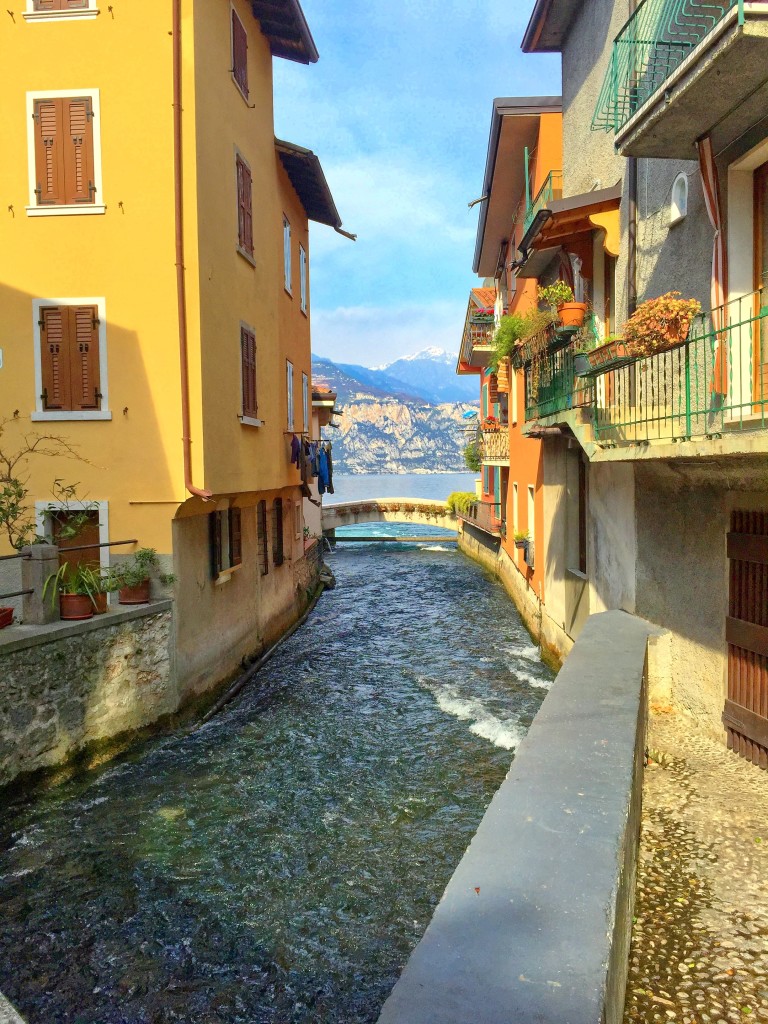
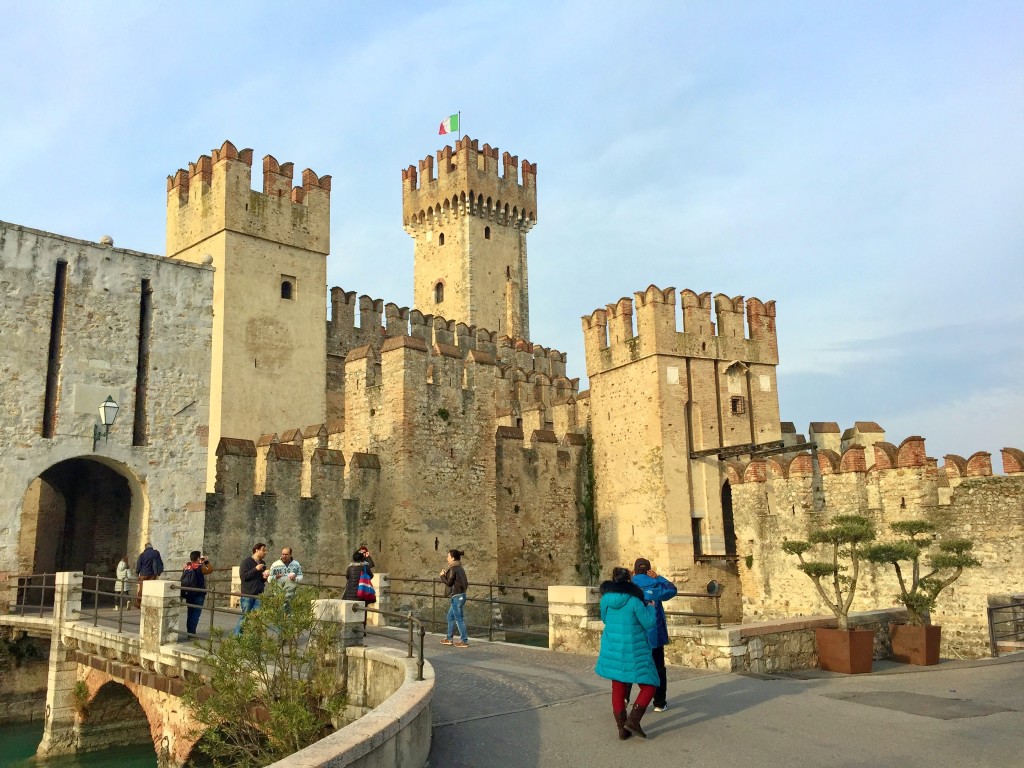
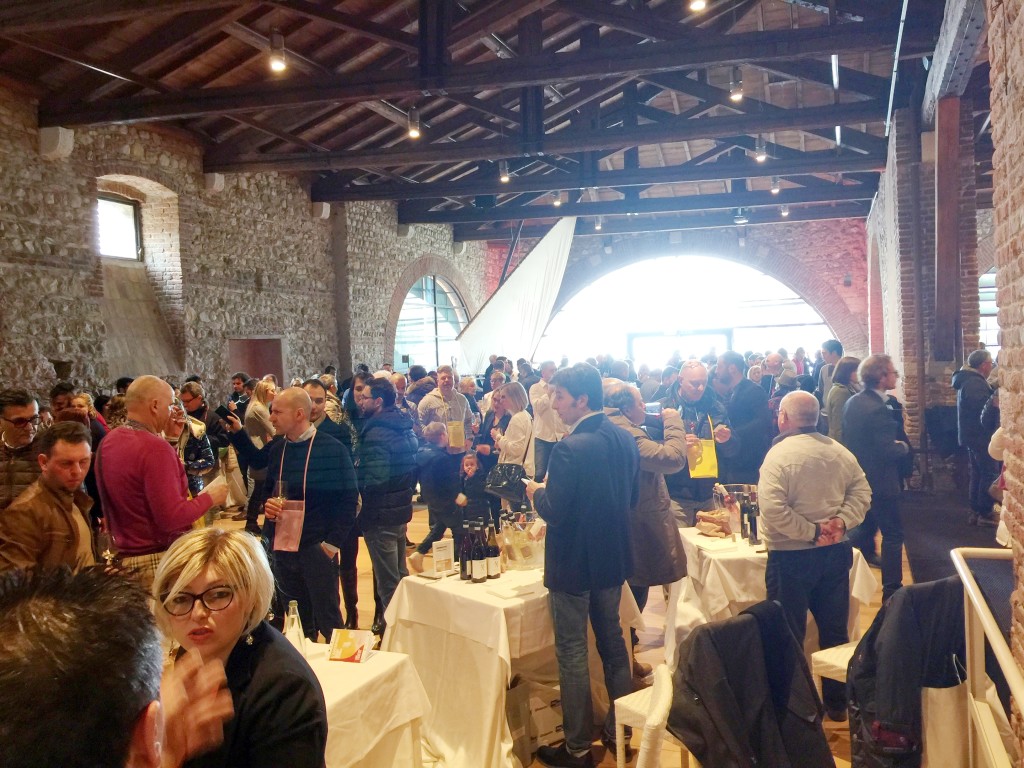

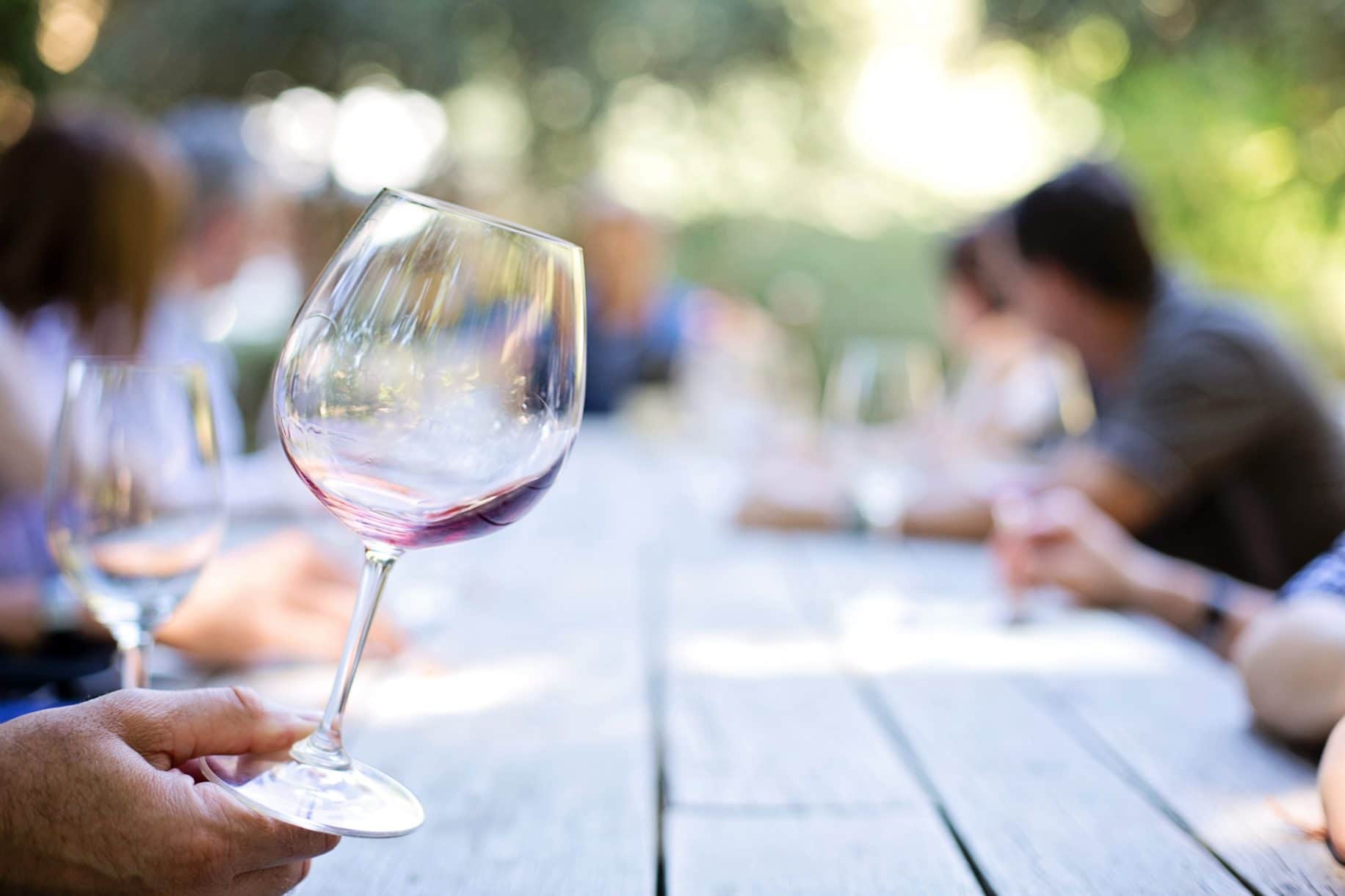

You must be logged in to post a comment.